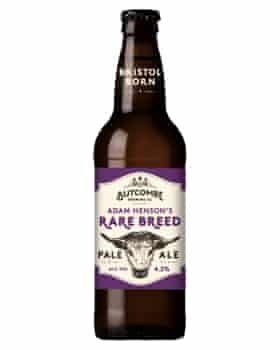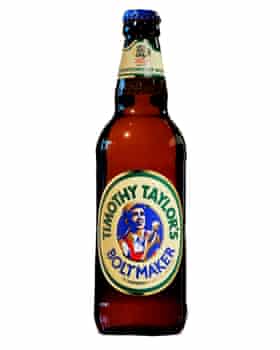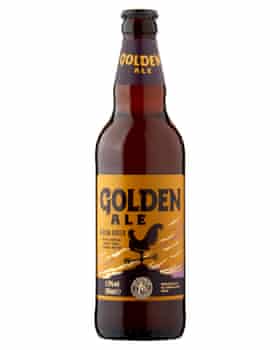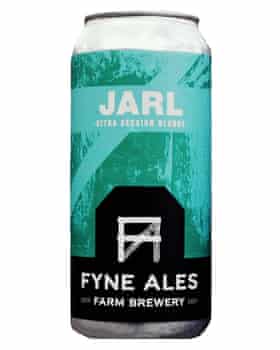There may be a lot of corks popping this weekend, but I suspect it will be beer at the heart of most street parties. And what could be a more traditional British drink to celebrate the jubilee?
But will yours be made in a traditionally British style? Beers have in recent years become a vehicle for so many different flavours, boosted in many cases by such high levels of alcohol that it’s hard to think of some of them as session drinks. For the beer writer Pete Brown, the trend has gone too far: “The problem is we’ve got too novelty-driven,” he says. “Some hop varieties might have a hint of, say, mango or papaya in their aroma, so brewers say: ‘Great, let’s chuck in a load of mango/papaya pulp if that’s the flavour people want.’ In the craft world, balance is boring and hints are pointless when you could go full-on awesome. But the joy of a well-made, traditional pale ale, say, is in its balance and nuance.”
There are, however, some tentative signs that the pendulum is swinging back the other way. Theakston, for example, recently relaunched its refreshingly swiggable 3.4% Dark Mild, citing a return to interest in traditional styles. “I do believe that there is a genuine curiosity among ‘craft’ breweries to produce the so-called traditional ales,” says Adrian Tierney-Jones, author of the recently published United Kingdom of Beer. “There’s the likes of Elusive and Boxcar making milds, Five Points, Deya and Anspach & Hobday making best bitter, and Orbit in south London making an English-style pale ale.”
Tierney-Jones adds: “Other brewers I spoke to while writing the book said they have always loved to drink the traditional styles, and that, having made their name with heavily hopped craft beers, they now want to branch out. Producing a bitter is the result. It reminds me of the Clash, who initially made their name with punk rock before moving into more traditional musical styles such as blues and country.”
But just as many drinkers developed an interest in wine through more flavourful styles such as New Zealand sauvignon blanc or big, bold Argentinian malbecs, beer drinkers may have no inclination to move on – or backwards, as they may well see it. Aficionados may welcome the return of such beers, but the public at large may be harder to convince. Enthusiast though he is, Tierney-Jones reluctantly concedes: “I don’t think they are going to supplant the juicy, hazy, fruity New England IPAs any time soon.”
Five classic ales to celebrate jubilee weekend
M&S Platinum Jubilee Ale £36 for 12 x 600ml bottles Marks & Spencer, 5%. With a pale malt grown in north Norfolk and English sovereign hops from Herefordshire, this limited-edition golden ale made for Marks and Sparks by Elgoods brewery in Cambridgeshire is impeccably sourced. Great for a street party.

Butcombe Rare Breed Pale Ale £14.95 for 8 x 500ml bottles (and also in pubs), 4.2%. Multi-award-winning beer with a great malt character made from maris otter barley grown on Countryfile presenter Adam Henson’s Cotswold farm.

Timothy Taylor’s Boltmaker £42 for 16 x 500ml bottles, or £1.90 a bottle Ocado, 4.2%. A little more bitter and darker than TT’s more famous Landlord, but a cracking beer nonetheless. Cries out for a ploughman’s or a pie.

Taste the Difference Golden Ale £1.60 (500ml) Sainsbury’s (in store only), 4.3%. Fresh, summery session ale made for Sainsbury’s by Hall & Woodhouse in Dorset. Would be good with salads.

Fyne Ales Jarl Citra Session Blonde £27.60 for 12 x 500ml bottles or £30 for 12 x 440ml cans, 3.8%. Camra champion beer of Scotland last year. Pale, citrussy and refreshing, but with a feisty bitterness to it, too (although the can is less bitter than the bottle). Perfect for fish and chips.

